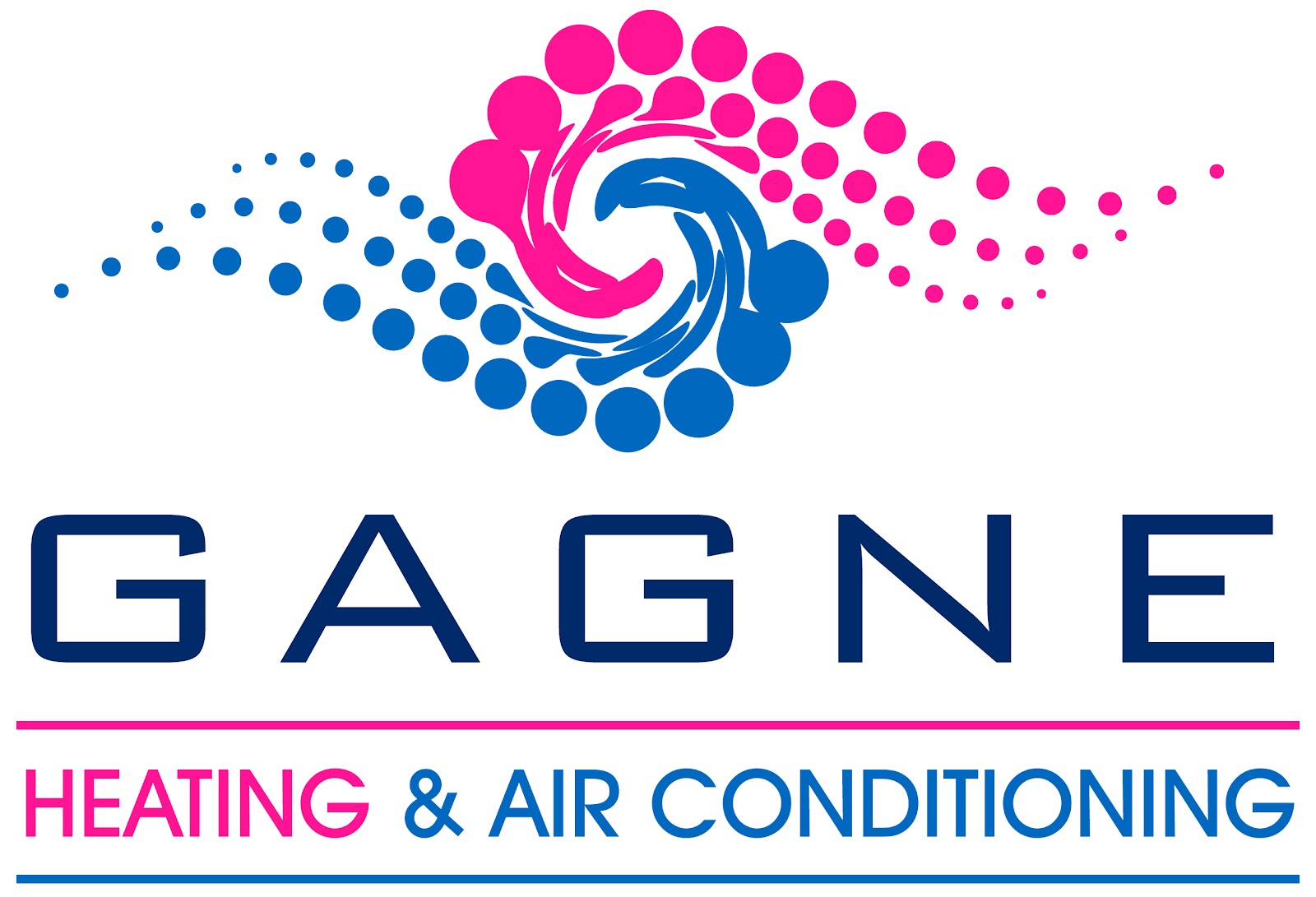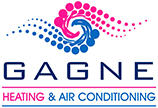Atlanta-based HVAC contractors at Gagne A/C outline what you’ll need to fix leaking ducts in your home or business’ A/C unit
When it comes to HVAC energy efficiency, we often tend to think about the big ways that we can lower our energy consumption, like upgrading our furnace or A/C unit to a newer, more energy efficient model. But there are lots of other smaller investments that we can make to help lower the energy we use, and therefore the money we spend, on heating and cooling our homes and businesses.
One fairly low cost way to greatly improve the efficiency of your heating and cooling system is to check for leaky ductwork. If you find leaks in the ductwork, sealing them can, according to Energy Star, improve the efficiency of your system by 20%.
Beyond that, properly sealed ducts also improve your indoor air quality.
Sealing ductwork can be a do-it-yourself project if you choose. Most HVAC contractors also provide ductwork repair services if you’re not a DIY kind of person.
In case you do want to tackle the project on your own, we’ll share how to find problems with your ductwork and how to repair them.
Supplies You’ll Need to Fix Leaky Ductwork
You’ll need a few supplies before you start sealing your ductwork, including:
- Theatrical fog machine OR a smoke pencil OR both
- Mastic
- Foil-backed Tape
- Plastic Wrap and duct tape or wide tape patches
- R6 foil face insulation wrap
Steps for Finding and Fixing Ductwork
- Seal off air registers and returns. In order to better locate leaks, you’ll need to pressurize your duct system by blocking off air registers and returns. You can do this by covering the registers with plastic wrap and sealing it tightly with duct tape, or by using a wide tape. Either way, just make sure that the registers and returns are as airtight as possible.The register and returns consist of your A/C filter and vents across the home or building.
- Find leaks using a smoke machine. Next you’ll need to find a way to connect the theatrical smoke machine to your ductwork. One place that might be a good connection point is where your furnace filter fits into the duct. Remove the filter, direct the fog machine into the duct and cover the area with a heavy cloth to block the smoke from going elsewhere.Turn on your furnace fan and watch where the fog pours out to locate leaks. Doing this step is rather dramatic and can help you locate large leaks, but it can also leave you in a haze of smoke where you’re unable to really pinpoint places of leakage.OR
Find leaks using a smoke pencil. Using a smoke pencil, follow the hot air ductwork. When the smoke from the pencil twirls or blows sideways, you’ll know you’ve got a leak. A lot of times, you can also feel air blowing out just using your hand.
On the air return ducts, the smoke may be sucked towards the furnace. If so, you can put a tissue over the spot in question. If there is a leak, the air should seal the tissue to the ductwork.
- Focus on the most important areas. Regardless of which method you choose for finding leaks, make sure that you focus on the most important areas where leaks can occur:
- Near the furnace. Air is more pressurized as the air leaves the furnace, so leaks close by are more costly.
- At the registers. Remove your air registers and look for leaks where the ductwork meets the drywall.
- On the air supply ducts. These leaks are more costly than leaks on the return ductwork.
- Seal the Ducts. Where you’ve located leaks, apply mastic so that it completely covers the seam or hole. Layer that mastic on – you should aim for an application that’s as thick as a nickel. You can apply it with either your hand (using a rubber glove) or with an inexpensive paintbrush you can dispose of later.
- Replace Duct Tape. Duct tape ironically shouldn’t be used on ductwork since it doesn’t prevent air loss and corrodes quickly. If you spot any on your ductwork, remove it and replace with foil-backed tape. Or, just use mastic there as well.
- Insulate the ducts. Once you’re sure that you’ve covered up all the leaks with mastic, you should wrap your ductwork tightly with R6 foil backed insulation and seal with foil-backed tape. Insulating your ductwork can further increase the efficiency of your heating and cooling systems (…an added benefit).
Obviously, finding and fixing leaks in your ductwork is a little bit of a project, but it can result in big payoffs.
WARNING: Be mindful of the temperature in your attic to avoid heat exhaustion, as temperatures can easily exceed 100-degrees in the summer months.
Of course, if the project seems a little too involved for you or if you have complicating factors such as ductwork that’s in a tight crawl space, you may be better off just calling the HVAC contractors at Alpharetta’s Gagne Heating and Air to inquire if they can help you assess and repair your ductwork.
If you master this DIY project, you can learn more about ways to improve your heating and cooling system by visiting our HVAC blog. And when it does come time to improve your ductwork or get a new heat pump, HVAC contractors at metro-Atlanta’s Gagne Heating and Air are here to provide timely and high quality installation or repair of your unit.

